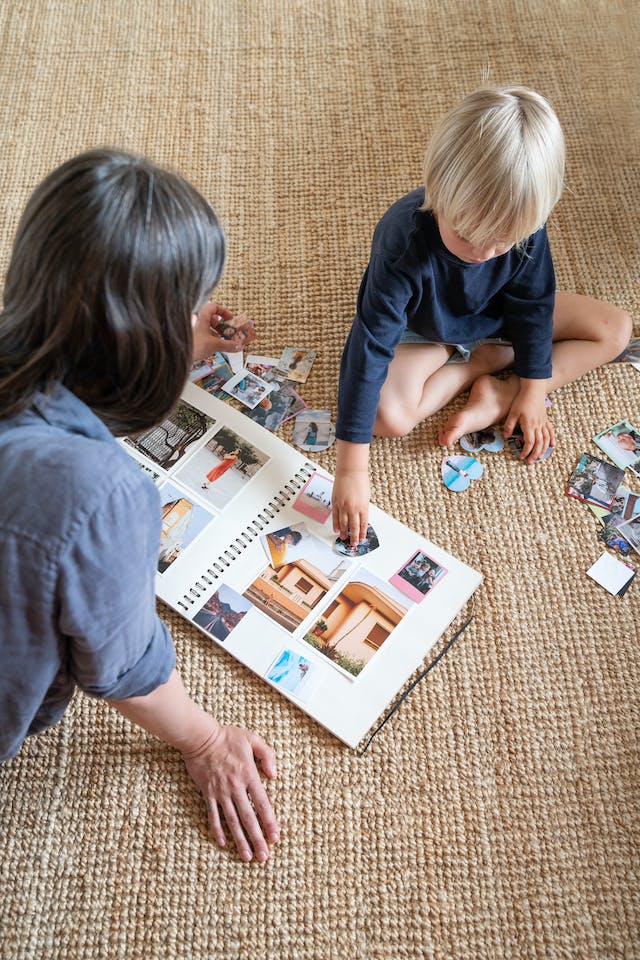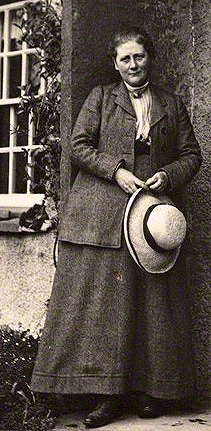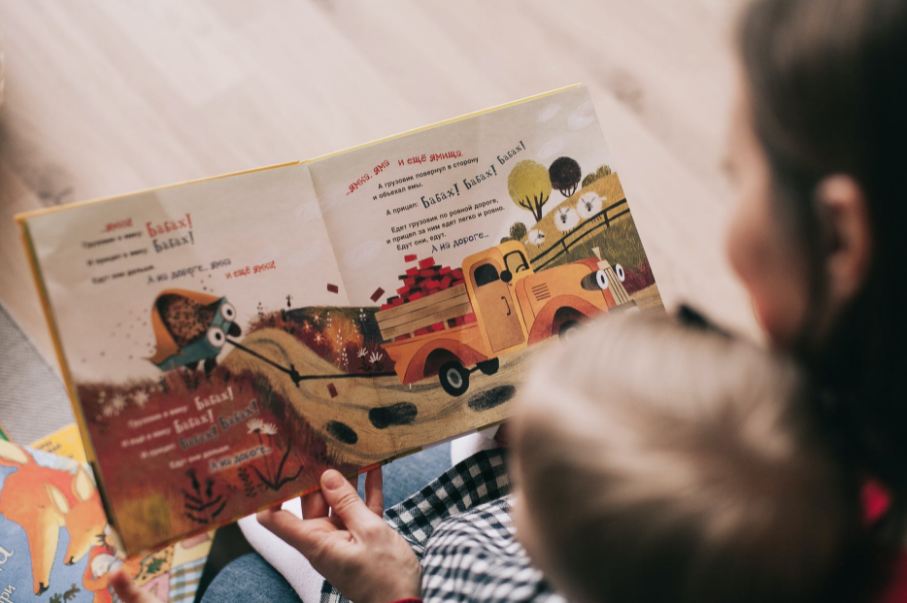Whimsical Rhymes for Children in The Classic Old Mother Hubbard
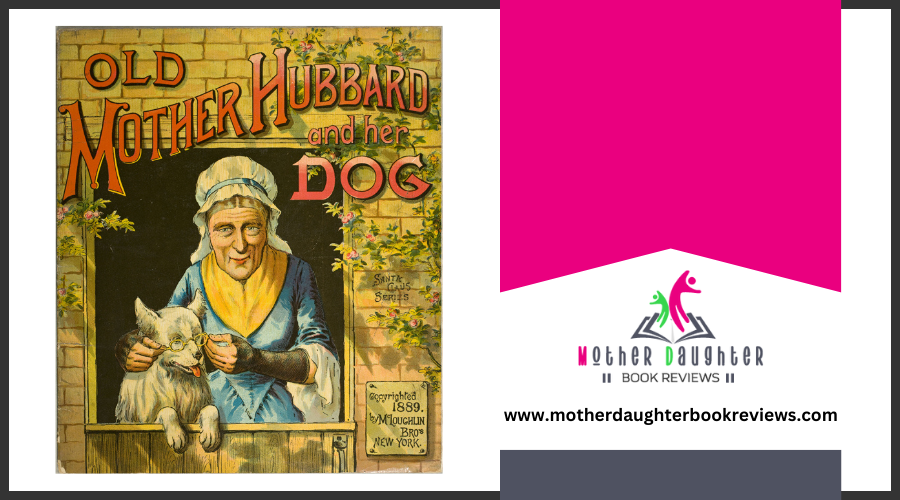
In the fanciful rhymes of "Old Mother Hubbard," you'll uncover delightful verses filled with charm and humor that captivate young readers. Authored by Sarah Catherine Martin in 1805, these playful lines follow the endearing persistence of Mother Hubbard and her clever dog's antics. The dog's escapades, like dancing jigs and wearing spectacles, bring mundane scenes to life with joy and laughter.
Simple yet memorable, these verses aid language learning and foster imagination. Illustrated scenes further enrich the experience, making the story both engaging and educational. Immerse yourself in these timeless rhymes and investigate the enchanting adventures they hold.
Origins of Old Mother Hubbard
This nursery rhyme initial appeared in 1805, authored by Sarah Catherine Martin. It was published by John Harris, who recognized the fanciful charm it held for children. But Martin's creation wasn't just a spontaneous invention; it drew inspiration from earlier folk tales and rhymes, weaving them into a narrative about a poor woman and her dog.
You'll be intrigued to know that "Old Mother Hubbard" reflects the hardships and humor of its time. The rhyme's structure mimics a ballad, a common form in the 18th and 19th centuries, making it both memorable and engaging. Its repetitive and rhythmic nature helped in teaching language and patterns to children.
Interestingly, the rhyme also found its way into numerous adaptations and illustrations. Each version brought a unique twist, adding layers to its rich history. Exploring these origins, you can appreciate how "Old Mother Hubbard" has endured, charming generations and remaining a beloved piece of children's literature. The rhyme's humble beginnings and evolution underscore its timeless appeal.
The Charming Characters
The Old Mother Hubbard series is no exception, presenting a delightful array of personalities that breathe life into the playful verses.
First and foremost, there's Old Mother Hubbard herself, a figure of endearing persistence and care. Her quest to provide for her beloved pet showcases her determination and nurturing nature. You'll find her a relatable character for children, embodying the virtues of kindness and perseverance.
Accompanying her is the lively and expressive animal companions. These creatures, though often secondary, add layers of charm and humor to the rhymes. Each character, from mischievous mice to playful birds, improves the narrative with their unique antics and interactions.
The heart of these characters lies in their simplicity and relatability. They reflect everyday emotions and experiences, making it easy for children to connect with them. As you read, you'll notice how these personas, though born in an ancient text, remain timeless, continuing to enchant and inspire imagination in young readers today.
The Playful Dog's Antics
Amidst the fanciful world of nursery rhymes, the playful dog's antics stand out as some of the most entertaining moments. You can't help but chuckle at the dog's clever escapades in "Old Mother Hubbard." Each verse reveals another layer of his mischievous and endearing personality, inviting children to imagine the imaginative scenarios.
Picture the scene where Mother Hubbard opens the cupboard, only to find it bare. The dog's response? He dances a jig, delighting in the irony of the empty cupboard. His antics continue as he dons spectacles to read a book or takes a seat in a high-backed chair like a tiny, furry human. Every action is filled with a sense of playful rebellion and innocent fun, capturing the hearts of young readers.
You'll notice the dog's behavior isn't just about causing trouble; it's a reflection of his curiosity and zest for life. He's a character who finds joy in every situation, turning mundane moments into magical adventures. This playful dog's antics remind you of the simple pleasures that bring laughter and joy, making "Old Mother Hubbard" a timeless favorite for children.
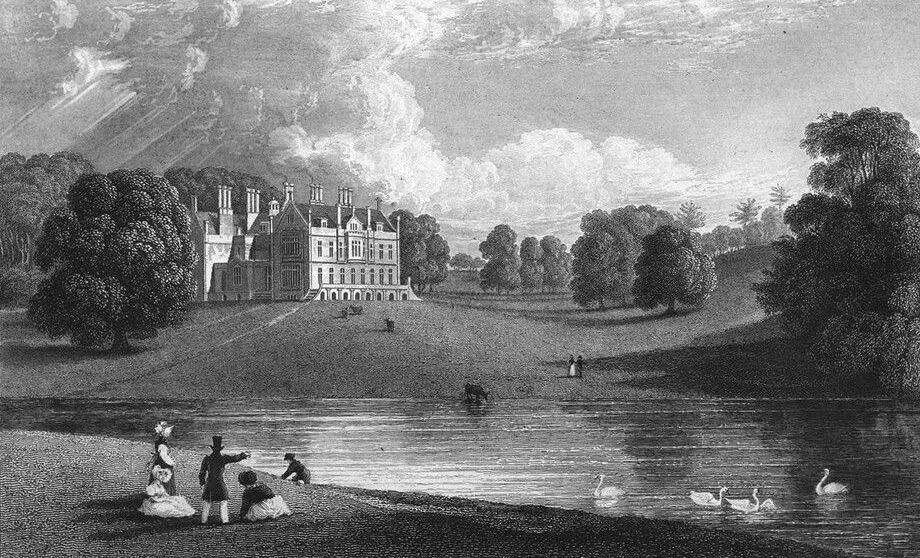
Memorable Verses
Celebrating the timeless charm of children's rhymes, memorable verses have a unique way of sticking with you long after the story ends. In "Old Mother Hubbard," the fanciful rhymes capture your imagination and make you giggle. These verses aren't just catchy; they bring the characters and their antics to life in a way that's easy to recall. You'll find yourself repeating them, savoring the playful language and vivid scenarios.
Here are some reasons why these verses leave such a lasting impression:
- Rhythmic Flow: The consistent beat and rhyme scheme make the verses fun to read aloud and easy to remember.
- Humor: The silly situations, like the dog's antics, create a sense of joy and amusement.
- Relatable Characters: Mother Hubbard and her dog are endearing, making their adventures something you want to revisit.
- Surprising Twists: Each verse introduces an unexpected turn, keeping you engaged and curious about what happens next.
- Simplicity: The straightforward language guarantees that the verses are accessible to children of all backgrounds.
These elements combine to make "Old Mother Hubbard" more than just a story—it's an experience that stays with you.
Imagery and Illustrations
While memorable verses make children's rhymes unforgettable, the imagery and illustrations bring these stories to visual life. When you flip through the pages of "The Classic Old Mother Hubbard," you're immediately drawn into a world filled with playful, lively scenes. Each illustration complements the fanciful nature of the text, making the characters and events feel real and dynamic.
You'll notice how the detailed drawings of Mother Hubbard's adventures add depth to the simple rhymes. The illustrator's careful attention to facial expressions and settings helps convey emotions and actions in a way that words alone might not achieve. For example, when Mother Hubbard searches for her dog's bone, you can sense her determination and care through the visual cues.
These illustrations do more than just decorate the pages; they serve as a bridge between the reader's imagination and the story. By engaging with the images, children can better understand and relate to the narrative. The lively, engaging pictures make the reading experience interactive, helping young minds to visualize and remember the tale more vividly. This blend of text and art creates a rich, engrossing experience that's both entertaining and memorable.
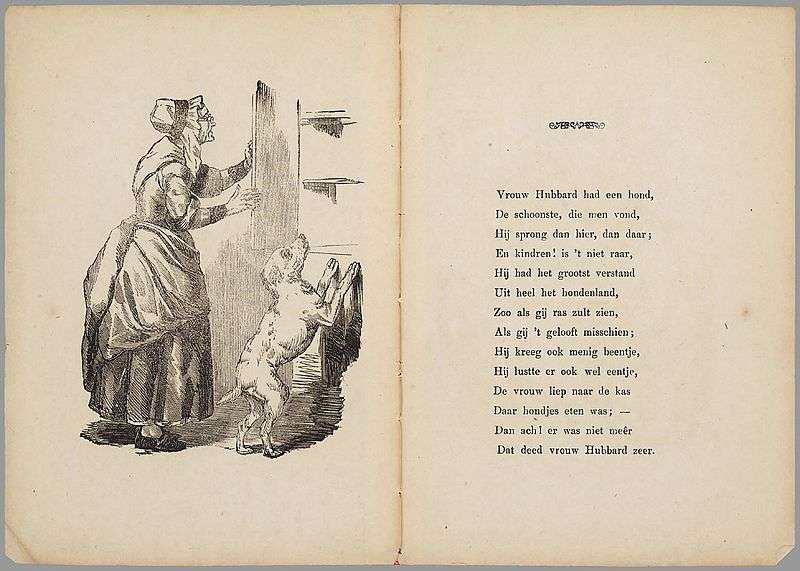
Educational Benefits
Children's rhymes aren't just for entertainment; they offer numerous educational benefits that can aid in a child's development. When you engage your child with playful rhymes like those in "Old Mother Hubbard," you're doing much more than just providing a few moments of fun. These rhymes help in building foundational skills that are crucial for your child's growth.
By listening to and reciting rhymes, children can:
- Enhance their language skills: Rhymes introduce new vocabulary and help children learn the sounds and rhythms of language.
- Improve memory and recall: The repetitive nature of rhymes makes it easier for children to remember and recall information.
- Develop phonemic awareness: Recognizing and working with the sounds of spoken language is a critical step toward reading.
- Foster creativity and imagination: The playful and often fantastical scenarios in rhymes stimulate a child's imagination.
- Build social skills: Singing and reciting rhymes together encourages interaction and cooperation with others.
Incorporating rhymes into your child's daily routine can set the stage for academic success and emotional well-being, proving that these playful verses are far more valuable than they might initially seem.
Modern Adaptations
In the current fast-paced world, modern adaptations of classic children's rhymes have become a creative way to engage young minds while honoring timeless traditions. You'll find that these updates often include lively illustrations, interactive elements, and relatable themes that resonate with today's children.
Cultural Impact
Often, the cultural impact of fanciful rhymes for children extends far beyond mere entertainment. When you explore "The Classic Old Mother Hubbard", you'll see how these playful verses shape societal norms and values. They play a vital role in childhood development, language acquisition, and even in preserving cultural heritage.
Wrapping Up
Old Mother Hubbard is more than just a whimsical nursery rhyme; it is a cherished piece of children's literature that has stood the test of time. Its playful verses, memorable characters, and lively illustrations not only entertain but also serve as valuable tools for language development, imagination, and moral education. Through its timeless charm and adaptability, this classic tale continues to captivate new generations, enriching childhood experiences and fostering a deep connection to cultural traditions.


